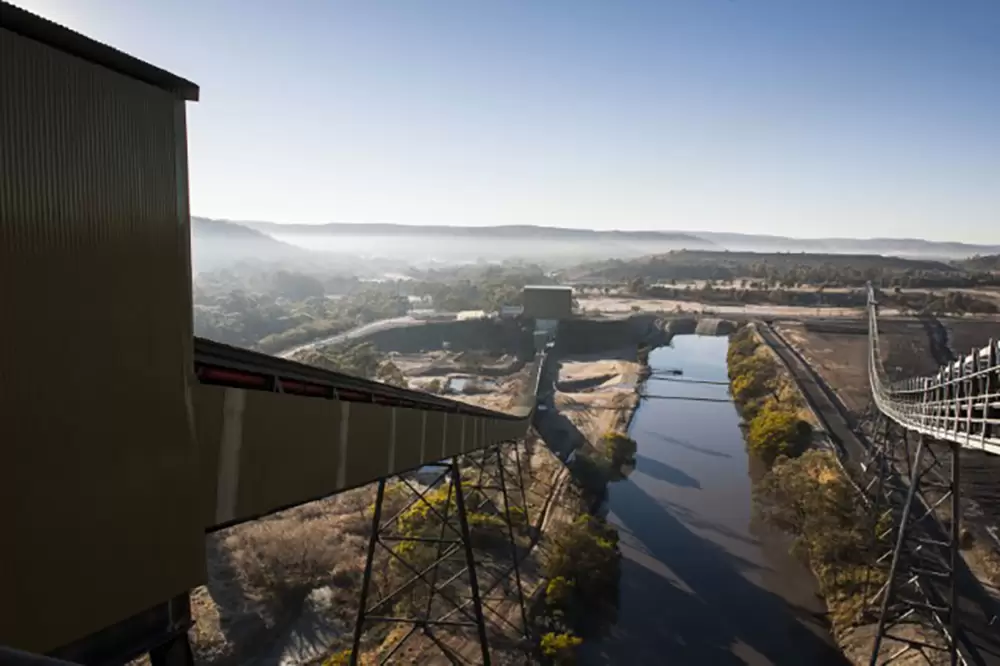In partnership with Engineers Australia, one of Australia’s largest integrated energy companies has implemented a career development framework for all of its engineers, introducing powerful possibilities.
As an early career engineer, Rachael Green MIEAust has had many conversations with more experienced professionals who have told her about various projects they have worked on around the globe.
“I hear so many different stories about the places these engineers have been and the projects they have worked on,” said Green, a mechanical engineer at Yallourn power station in Victoria.
Green’s employer, EnergyAustralia, recently agreed a framework with Engineers Australia to have its engineering workforce earn Chartered status.
This aligns the business’s engineering competency standards with those of Chartered engineers around the world, offering a level of international mobility that simply didn’t exist previously. Of course, at the same time, it continually enhances engineering capability within the organisation.

“I think that’s where being Chartered opens up possibilities,” Green said. “You can work internationally without a problem, and also in states like Queensland, which has long required a certain level of registration.
“While I’m loving working at EnergyAustralia, it will take some of the hassle out of any future opportunities. In many ways, it means quite a lot to be Chartered.”
Change at the speed of thought
At a different career stage is Chartered engineer Don Ivory MIEAust CPEng, EnergyAustralia’s Unit Plant Leader at Mt Piper power station. Ivory manages a team of six engineers and has been in the profession for three decades.
In his time as an engineer, Ivory said, the biggest changes have come as a result of technology.
“There’s just so much more computing power and so much more speed. At the beginning of my career we used large, clunky desktop computers with floppy disk drives, now we’re on super-fast laptops and iPads,” he said.
“The things we can do now with computer-aided design and modelling analysis, from anywhere in the world, are astounding. I’ve seen significant improvements that have involved artificial intelligence and other forms of digitisation. There is fantastic work being done with 3D printing. It really is amazing to look back and see how far we’ve come in a few decades.”
As a result of this increasingly rapid change, particularly as a young engineer in the energy space, Green said it’s vital for her to keep as many avenues open as possible. Change is a constant reality in a sector being disrupted by renewables.
“At this stage in my career, I don’t yet know where I’m going, exactly,” she said. “I’m still learning so many different things. I don’t know if my career will be based around rotating equipment or materials, for example.
“I’m at a stage where I’m trying to determine a stream, a focus for my career. And at this point, it’s still very fluid. So being in a role like this one, that offers multiple opportunities, and where I get to see so many different and interesting things, is really lucky. Things are always changing with new techniques and new energies. There’s so much possibility.”
Proud to be engineers
Ivory said the Charterships being encouraged and supported by EnergyAustralia will have a major, positive effect on the engineer cohort within the organisation.
For example, for those who manage engineers, as Ivory does, it offers a deeper insight into their specific experience and knowledge areas.
“We’re getting lots of support from Engineers Australia on what we need to do to be recognised as Chartered,” he said. “With that, I have also been assisting my team by helping review their paperwork.
“Through that process I’m picking up additional information about their capabilities and areas of expertise. That has been an excellent experience for me as an engineering manager, because I can now better decide who are the right people for particular jobs, who can mentor others, and where I can invest in training.”
Chartership is about working within a framework that ensures engineers always remain at the top of their game through continued learning and development, Ivory said.
“We’re really proud to be engineers,” he said.
“I believe there should be some status associated with advanced engineering knowledge and experience, and Chartership brings that recognition.”